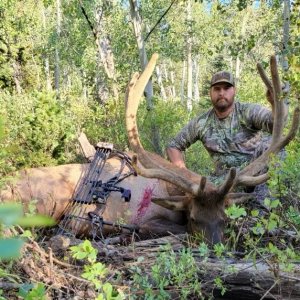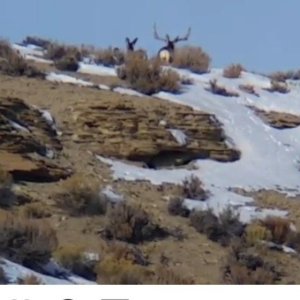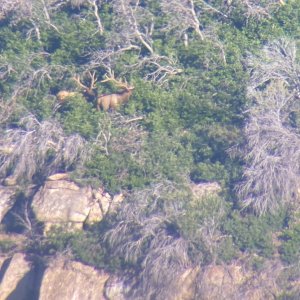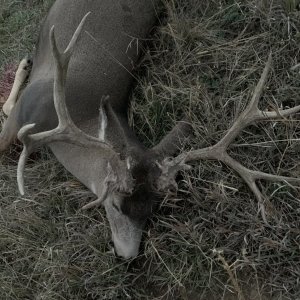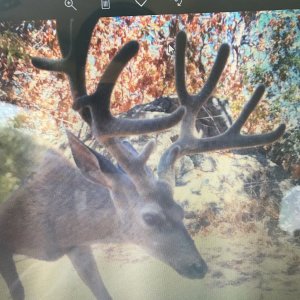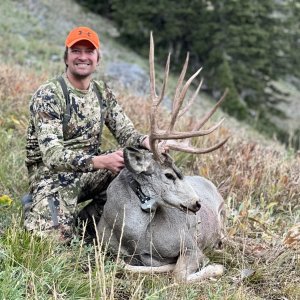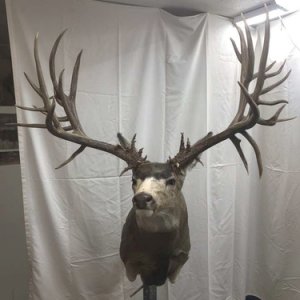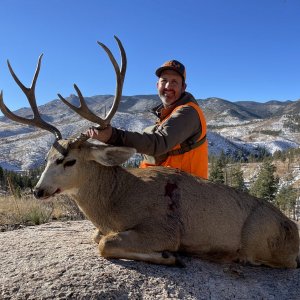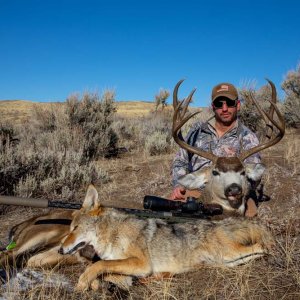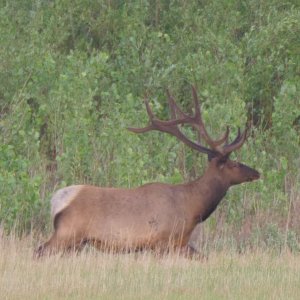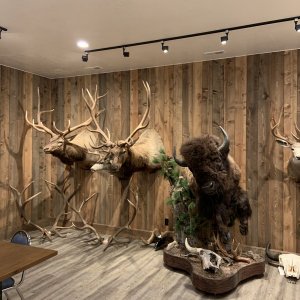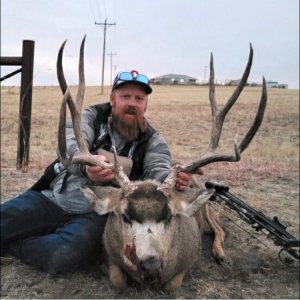S
scoutdog5
Guest
Shown below is a comparison between Oregon and Colorado regarding mule deer populations, hunter numbers, etc. It would be interesting to compare Colorado and Utah, but I don't know where to get the Utah stats. Any help with that would be appreciated.
Something to Think About
Prior to the 1999 hunting season, Colorado went to a complete limited entry system for mule deer hunting. The action was taken due to significant drops in deer populations, buck ratios and fawn ratios from 1970 through 1998. Some statistics:
Management Objective for Deer: 630,000
Average number of hunters 1980 through 1998: 185,300
Average harvest 1980 through 1998: 64,000
Estimated Deer population 1998: 475,000
Estimated Buck Ratio 1998: 10-20/100 does
Average number of hunters 1999 through 2005: 84,400
Average harvest 1999 through 2005: 36,600
Estimated Mule Deer population 2006: 210,000
Estimated Buck Ratio 2005: 39/100 does
Oregon has maintained the same basic structure for mule deer hunting for many years. All rifle tags are limited entry, most units are over the counter for archery. Virtually no antlerless tags except for some private land damage hunts.
Management Objective for Mule Deer: 347,700 (revised down from 366,600 in 2005)
Number of hunters 1998: 91,592
Harvest 1998: 36,735
Estimated Mule Deer Population 1998: 250,000 (estimated)
Estimated Buck Ratio 1999: 17/100 does
Number of hunters 2006: 74,257
Harvest 2006: 24,136
Estimated Mule Deer Population 2006: 237,500
Estimated Buck Ratio 2006: 18/100 does
Observations
1. Colorado was in the same boat as the rest of the Mule Deer states, decreasing mule deer herds, low buck/doe ratios, and lower fawn survival and recruitment levels in most parts of the state. In 1999, they dramatically reduced antlered deer hunting/harvest, and are currently the only Mule Deer state with an increasing mule deer population that is approaching management objective.
2. Oregon has a deer population that is 39% that of Colorado, yet issued 88% as many tags as Colorado.
3. As a percentage of the population, Colorado issued one tag for every 7.2 deer, Oregon issued one tag for every 3.2 deer.
4. Colorado had approximately 128,000 bucks in the winter 2006 deer population. Oregon had approximately 28,000 bucks in the winter 2006 deer population. Assuming 40 fawns per 100 does survive to the next hunting season, Colorado had approximately 180,000 bucks during the 2007 season, and issued approximately 75,000 buck tags. 38% of the bucks were 1.5 years of age. Using the same assumptions, Oregon had approximately 55,000 bucks during the 2007 season, and issued approximately 68,000 buck tags. 55% of the bucks were 1.5 years of age.
5. Of the Northern tier mule deer states (Oregon, Washington, Idaho, Montana, Utah, Colorado and Wyoming), Colorado is the only state which is actively managing their mule deer herds to provide substantial numbers of mature bucks after the hunting season. They are also the only state with an increasing mule deer population, one that is approaching management objective.
Scoutdog
Something to Think About
Prior to the 1999 hunting season, Colorado went to a complete limited entry system for mule deer hunting. The action was taken due to significant drops in deer populations, buck ratios and fawn ratios from 1970 through 1998. Some statistics:
Management Objective for Deer: 630,000
Average number of hunters 1980 through 1998: 185,300
Average harvest 1980 through 1998: 64,000
Estimated Deer population 1998: 475,000
Estimated Buck Ratio 1998: 10-20/100 does
Average number of hunters 1999 through 2005: 84,400
Average harvest 1999 through 2005: 36,600
Estimated Mule Deer population 2006: 210,000
Estimated Buck Ratio 2005: 39/100 does
Oregon has maintained the same basic structure for mule deer hunting for many years. All rifle tags are limited entry, most units are over the counter for archery. Virtually no antlerless tags except for some private land damage hunts.
Management Objective for Mule Deer: 347,700 (revised down from 366,600 in 2005)
Number of hunters 1998: 91,592
Harvest 1998: 36,735
Estimated Mule Deer Population 1998: 250,000 (estimated)
Estimated Buck Ratio 1999: 17/100 does
Number of hunters 2006: 74,257
Harvest 2006: 24,136
Estimated Mule Deer Population 2006: 237,500
Estimated Buck Ratio 2006: 18/100 does
Observations
1. Colorado was in the same boat as the rest of the Mule Deer states, decreasing mule deer herds, low buck/doe ratios, and lower fawn survival and recruitment levels in most parts of the state. In 1999, they dramatically reduced antlered deer hunting/harvest, and are currently the only Mule Deer state with an increasing mule deer population that is approaching management objective.
2. Oregon has a deer population that is 39% that of Colorado, yet issued 88% as many tags as Colorado.
3. As a percentage of the population, Colorado issued one tag for every 7.2 deer, Oregon issued one tag for every 3.2 deer.
4. Colorado had approximately 128,000 bucks in the winter 2006 deer population. Oregon had approximately 28,000 bucks in the winter 2006 deer population. Assuming 40 fawns per 100 does survive to the next hunting season, Colorado had approximately 180,000 bucks during the 2007 season, and issued approximately 75,000 buck tags. 38% of the bucks were 1.5 years of age. Using the same assumptions, Oregon had approximately 55,000 bucks during the 2007 season, and issued approximately 68,000 buck tags. 55% of the bucks were 1.5 years of age.
5. Of the Northern tier mule deer states (Oregon, Washington, Idaho, Montana, Utah, Colorado and Wyoming), Colorado is the only state which is actively managing their mule deer herds to provide substantial numbers of mature bucks after the hunting season. They are also the only state with an increasing mule deer population, one that is approaching management objective.
Scoutdog

